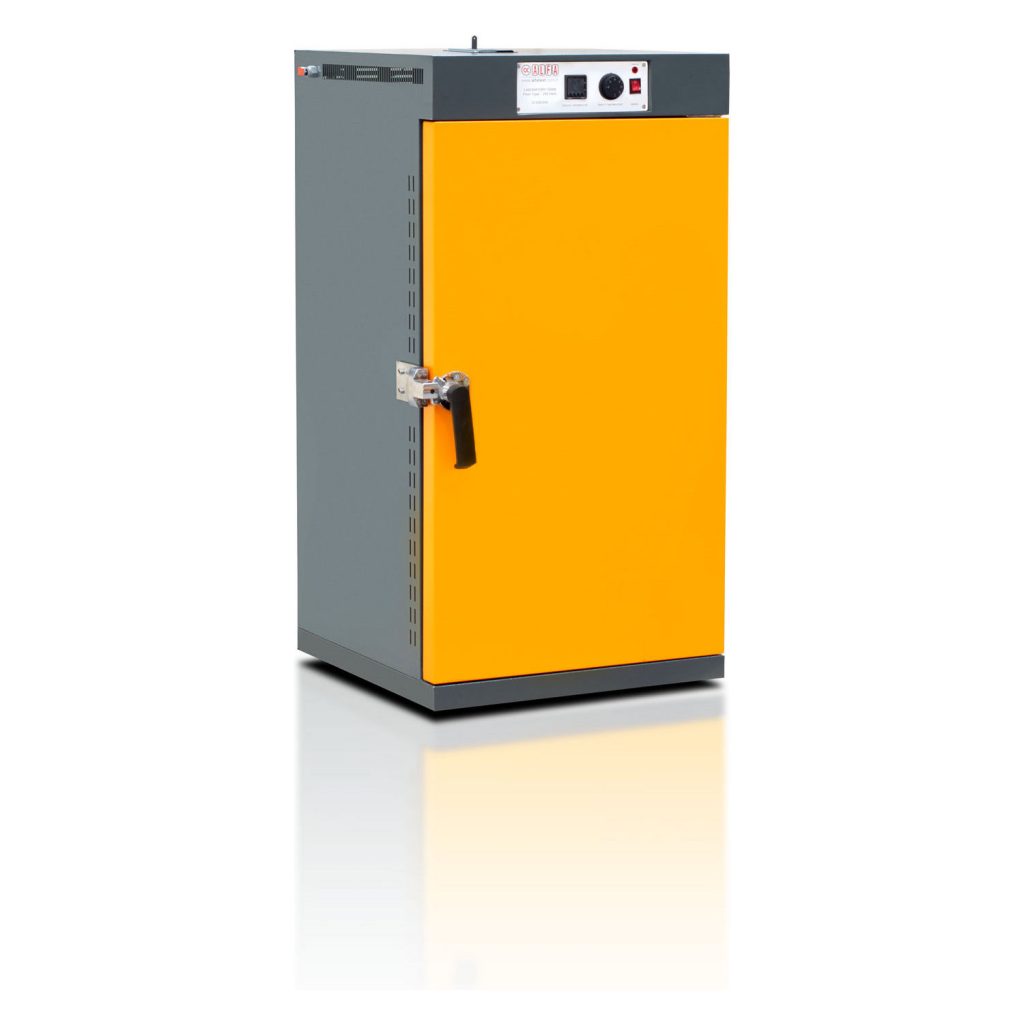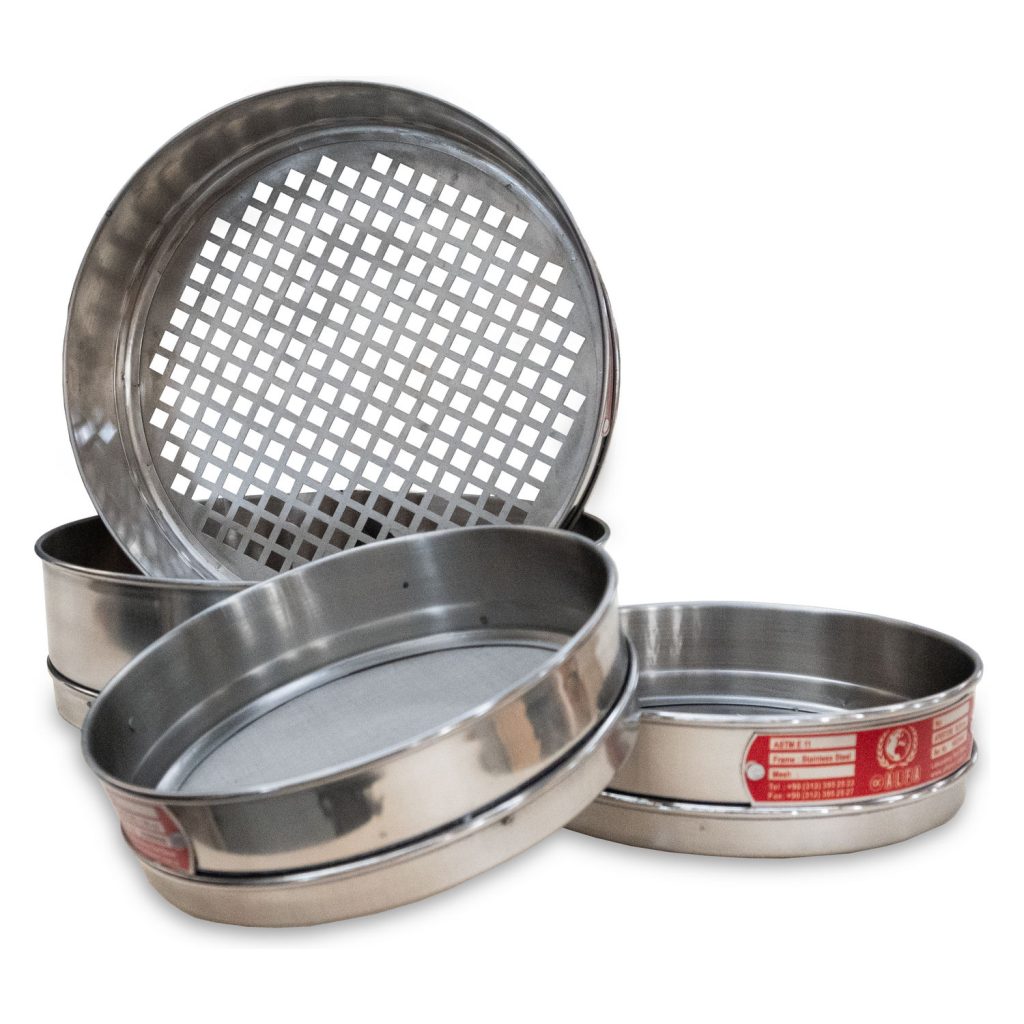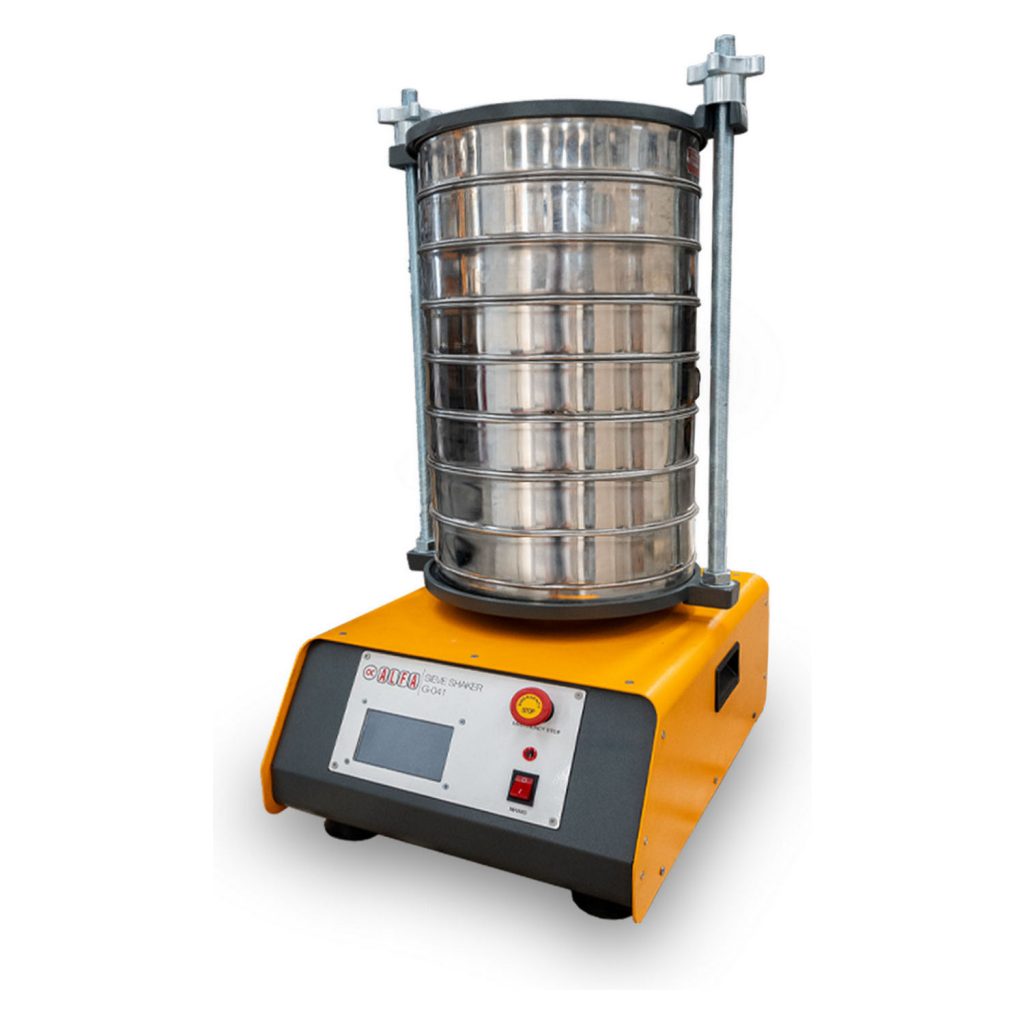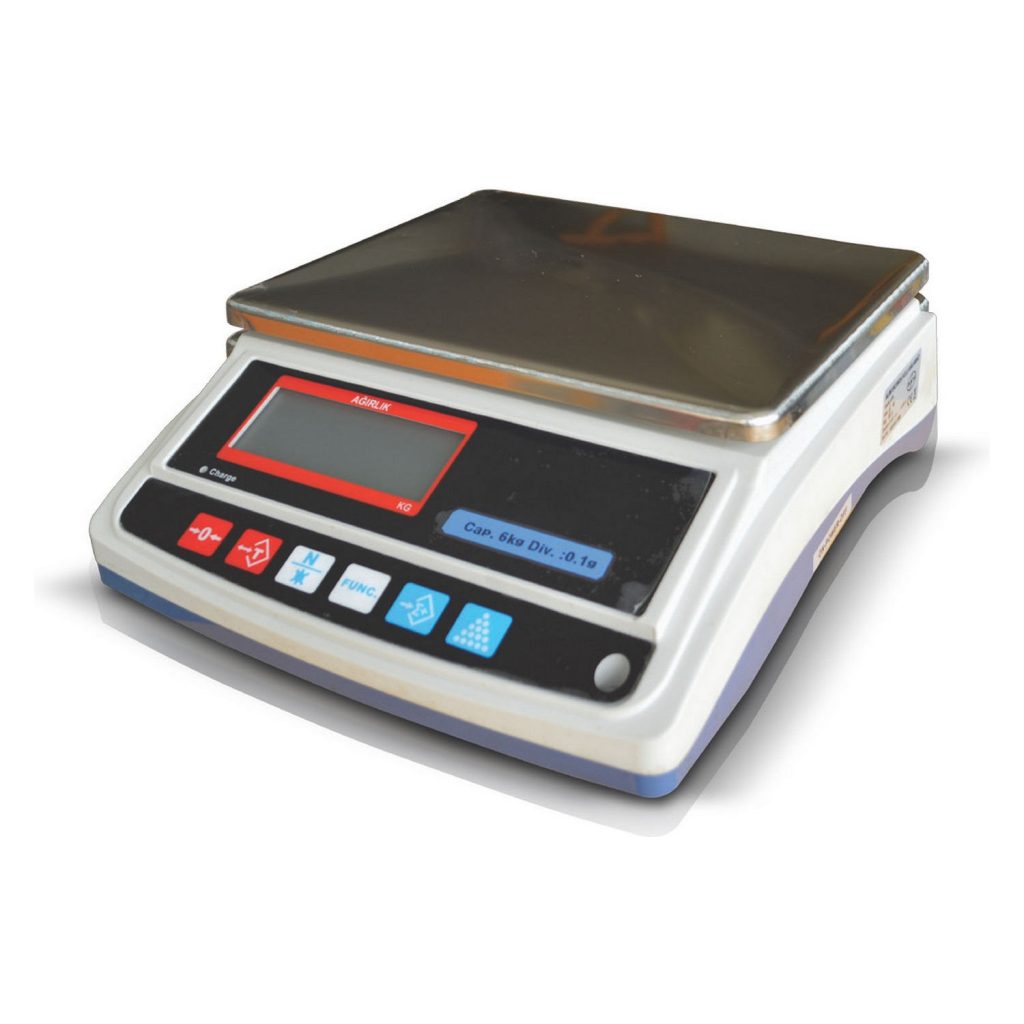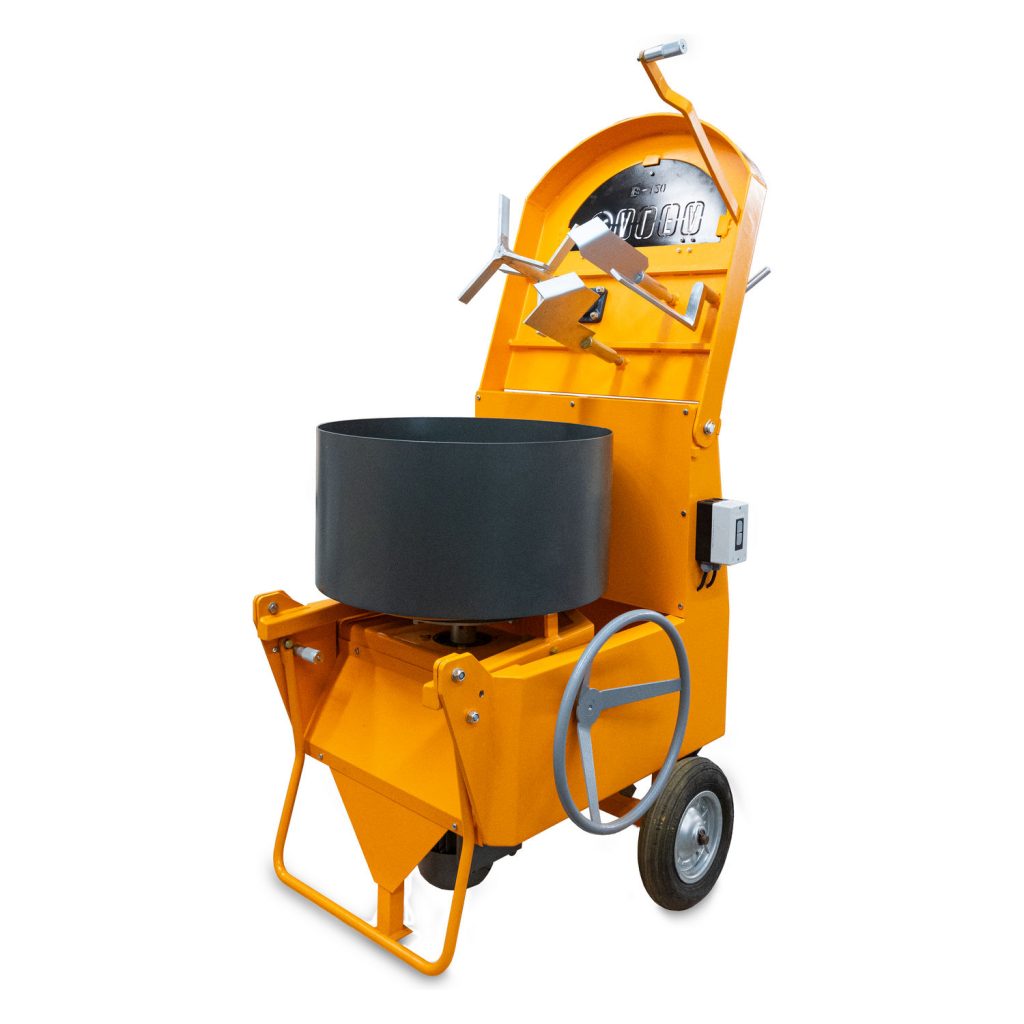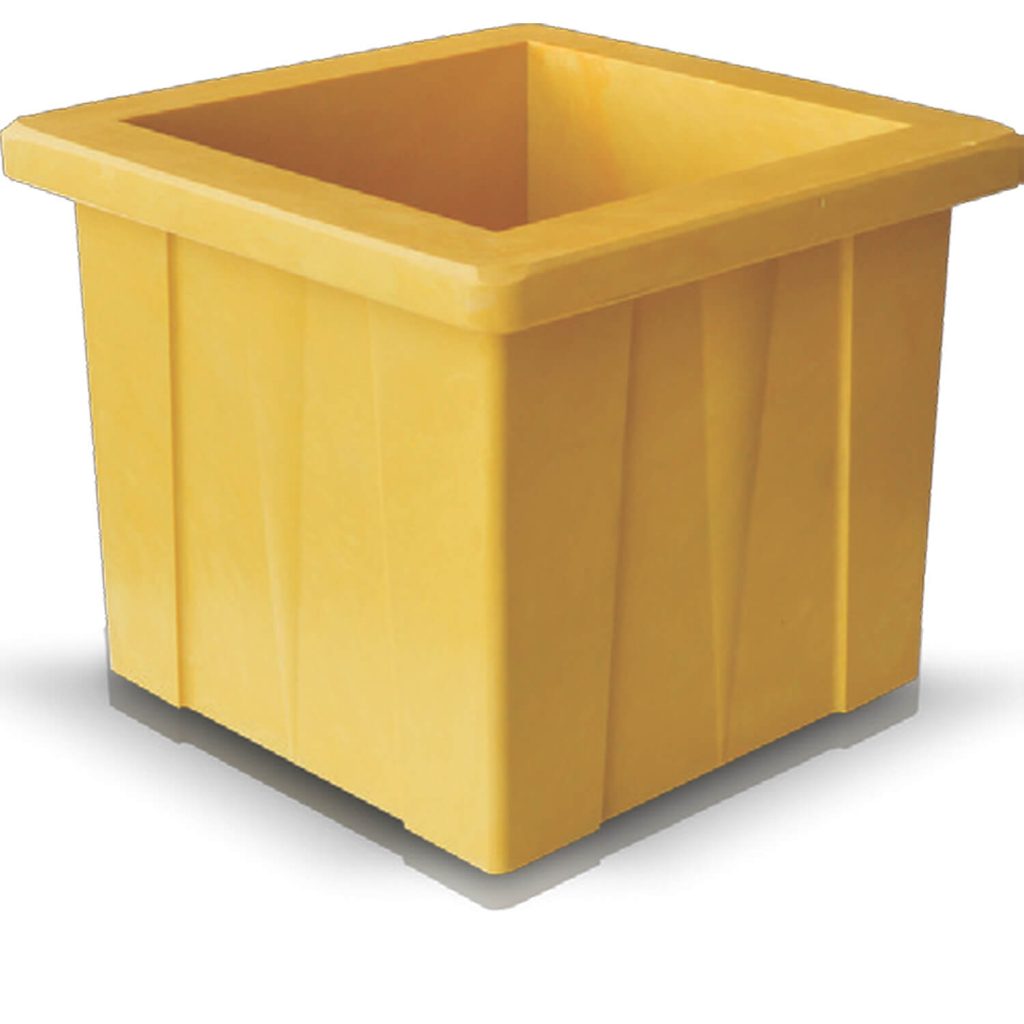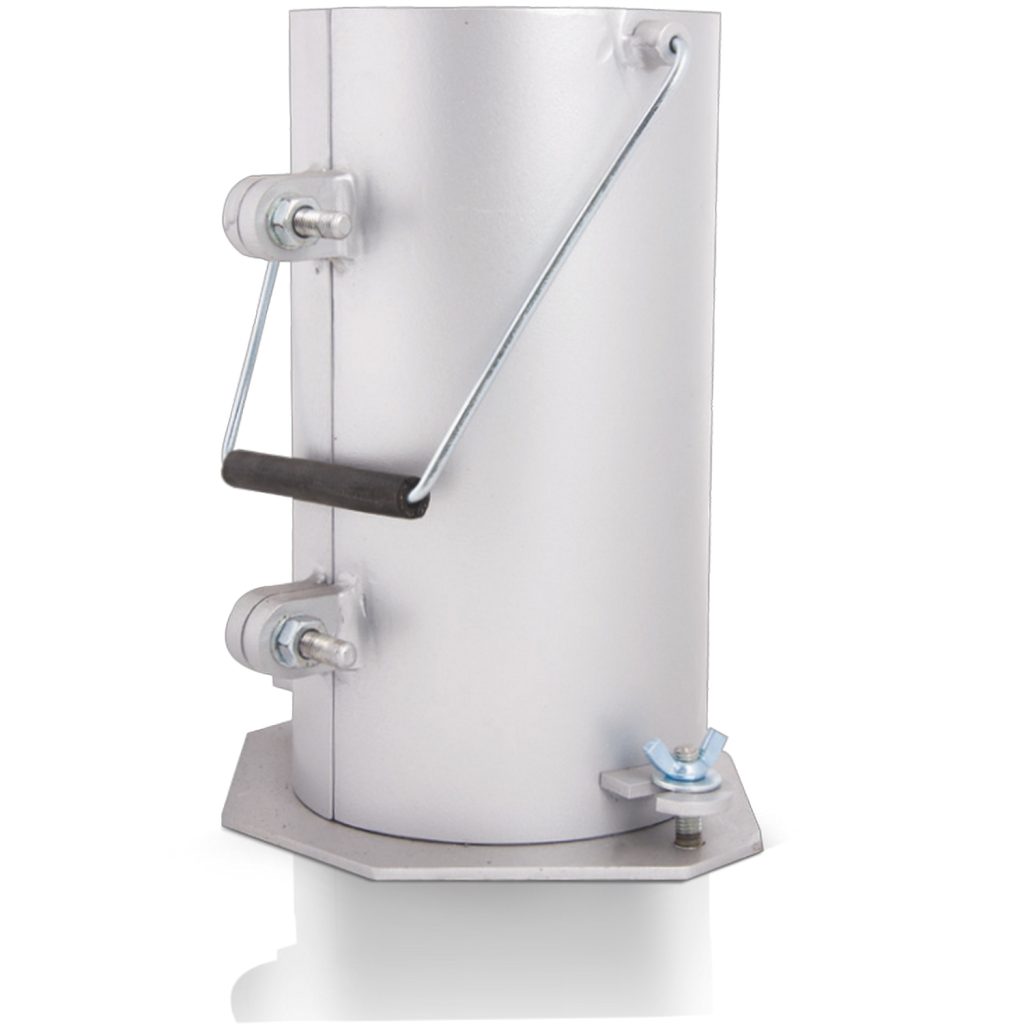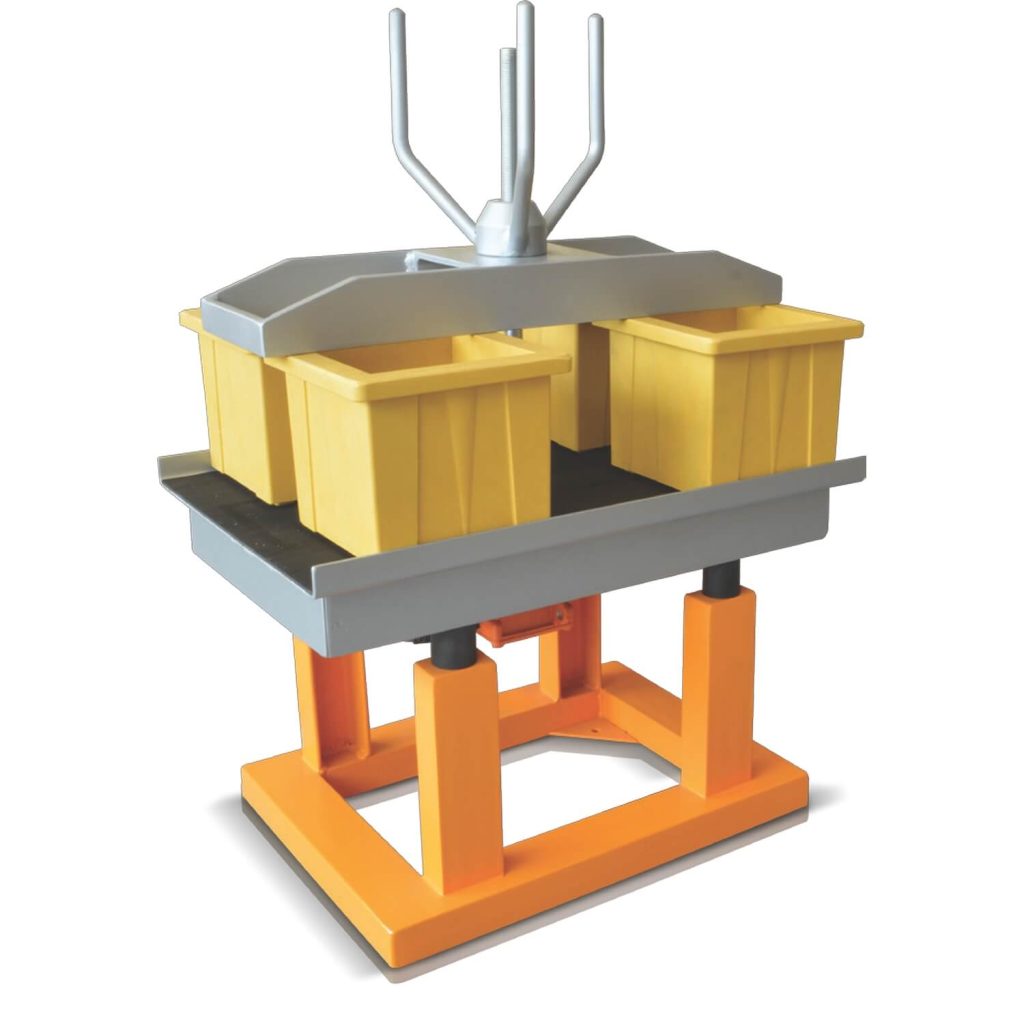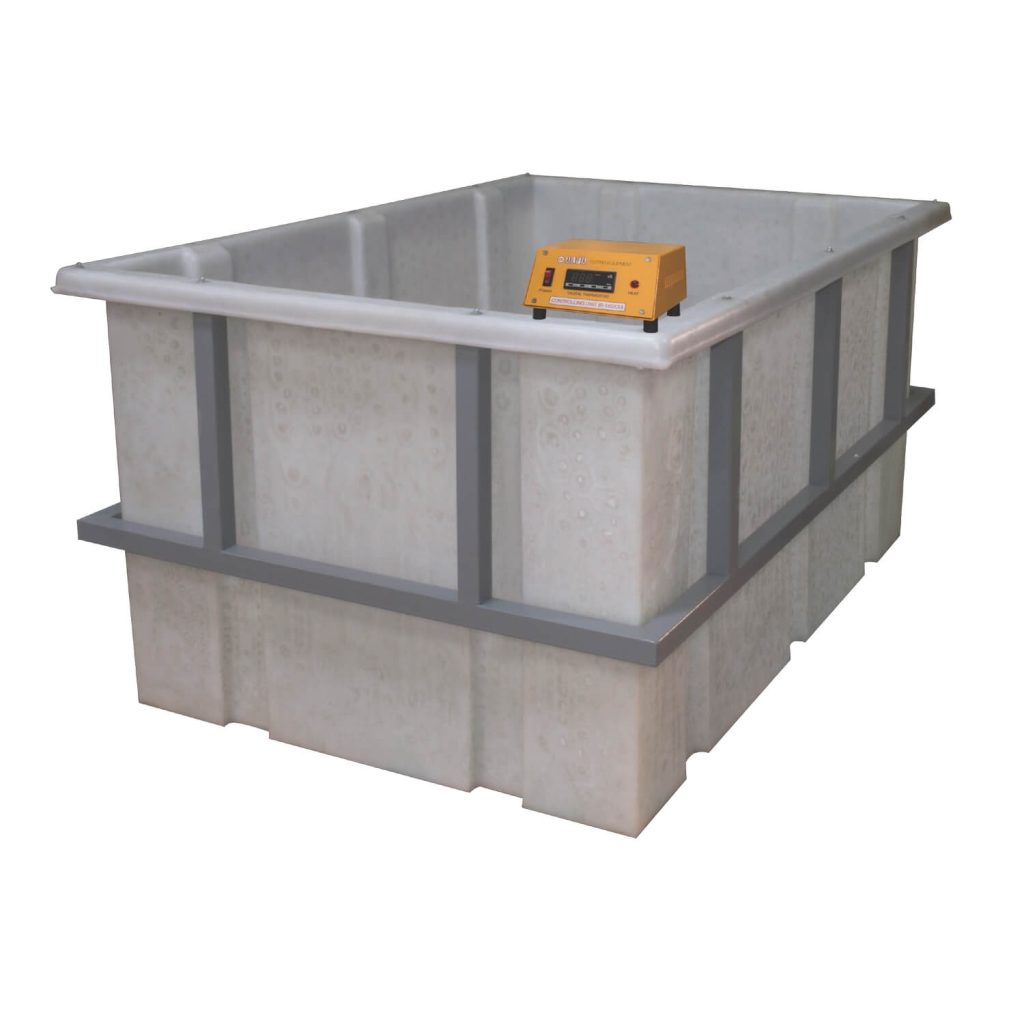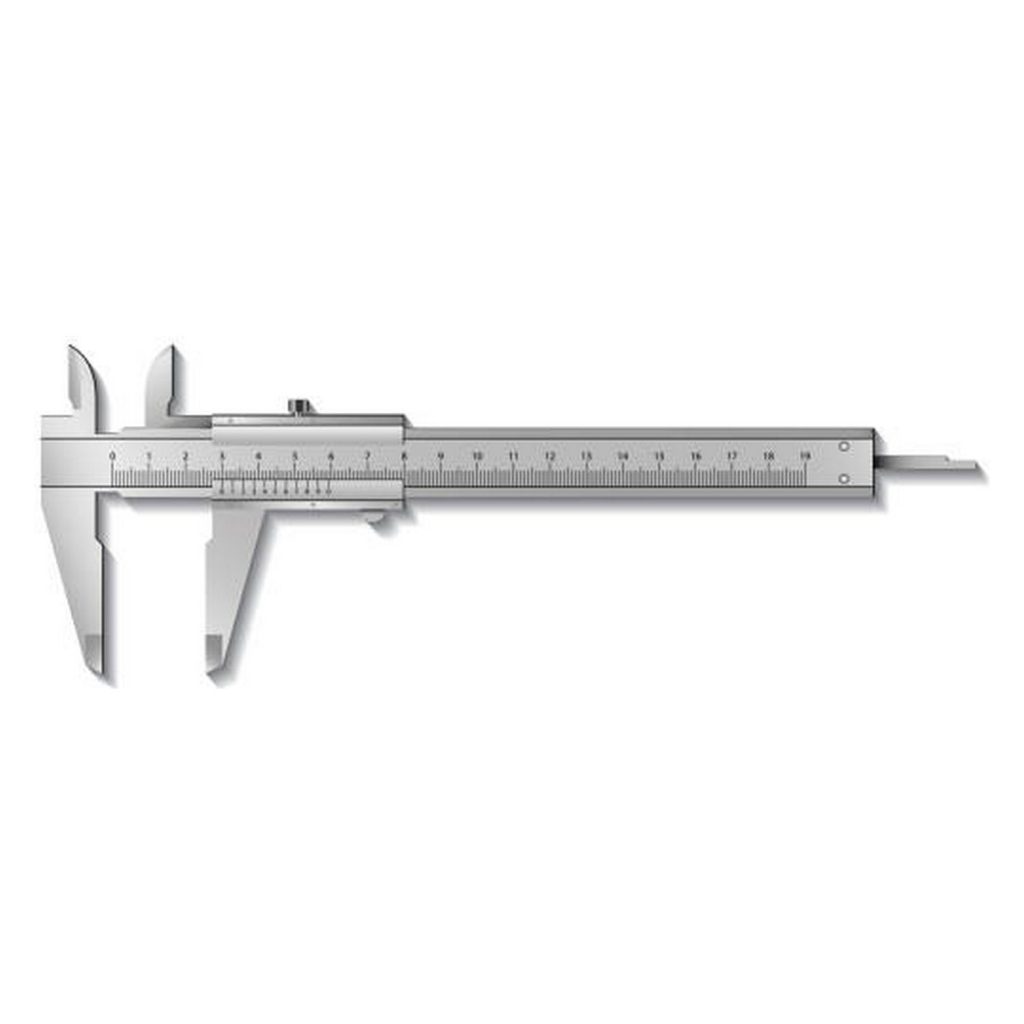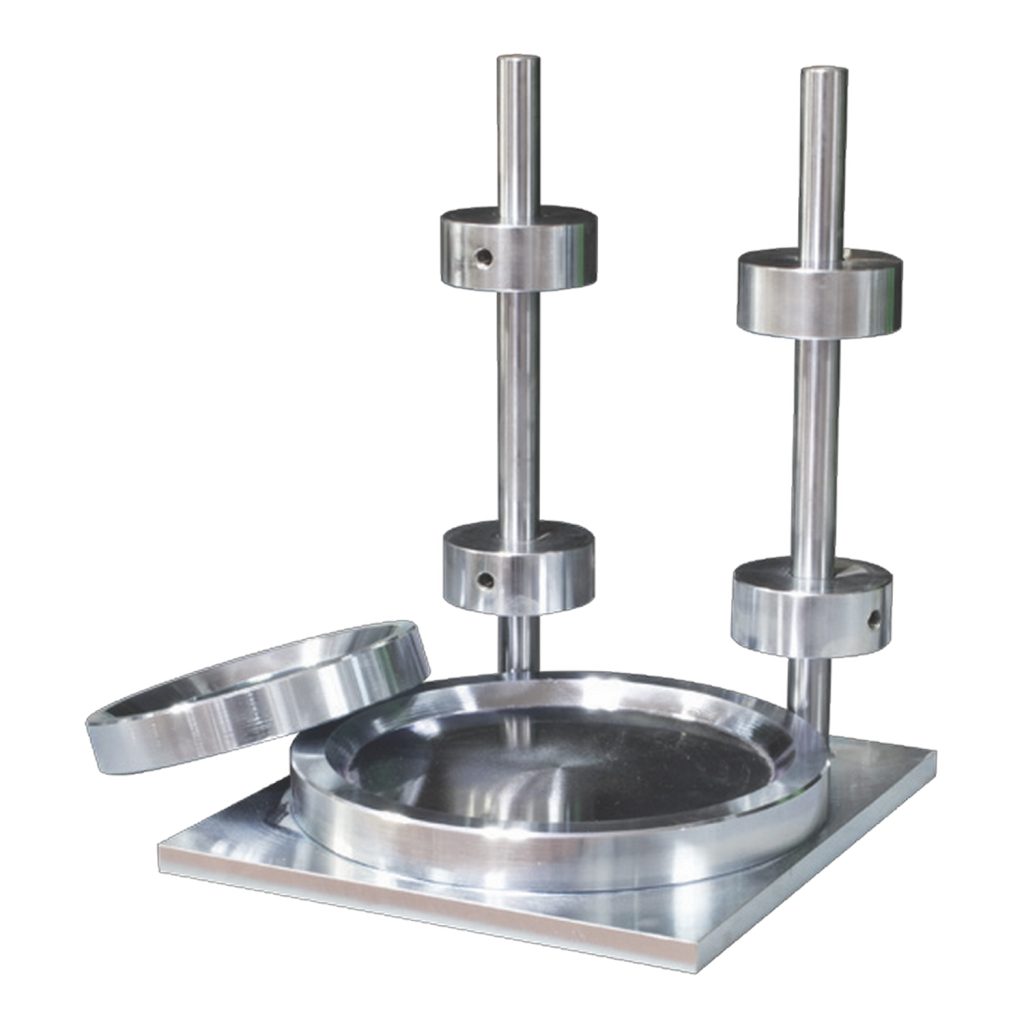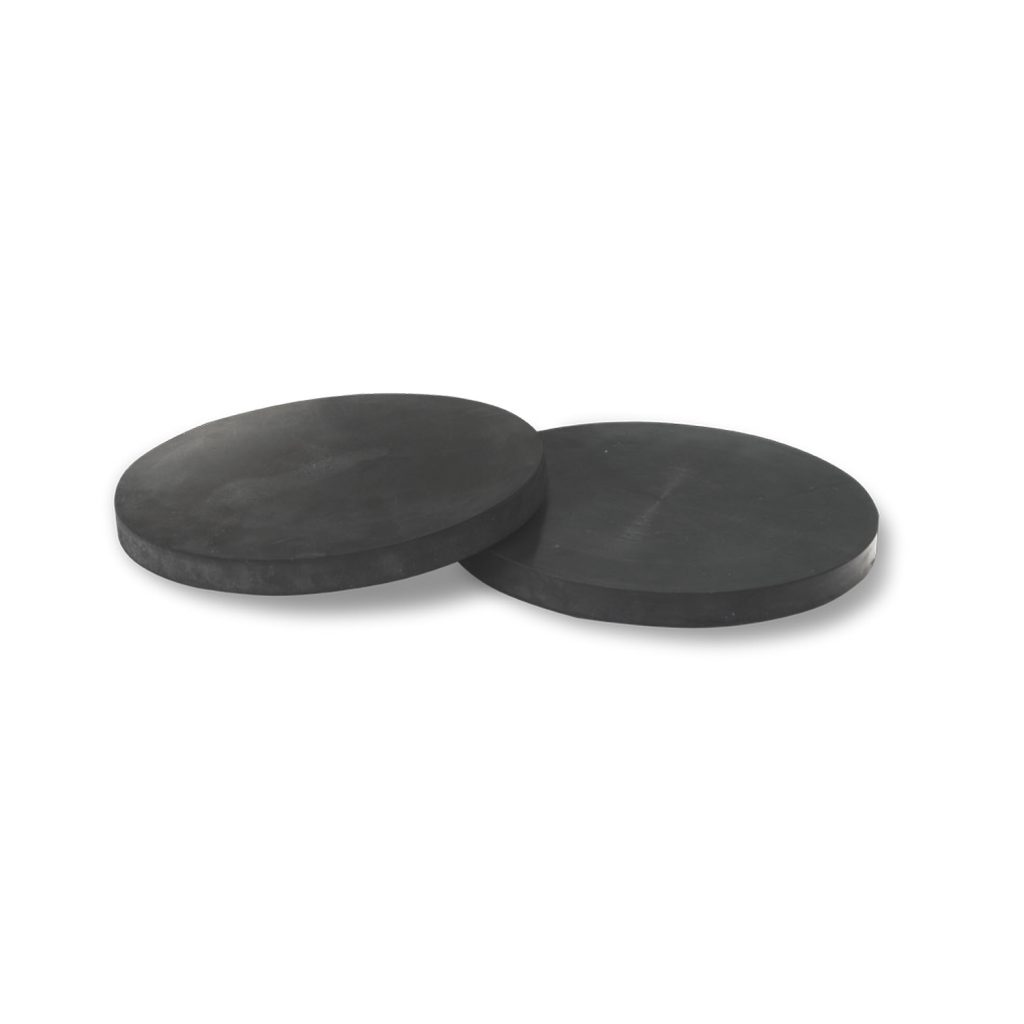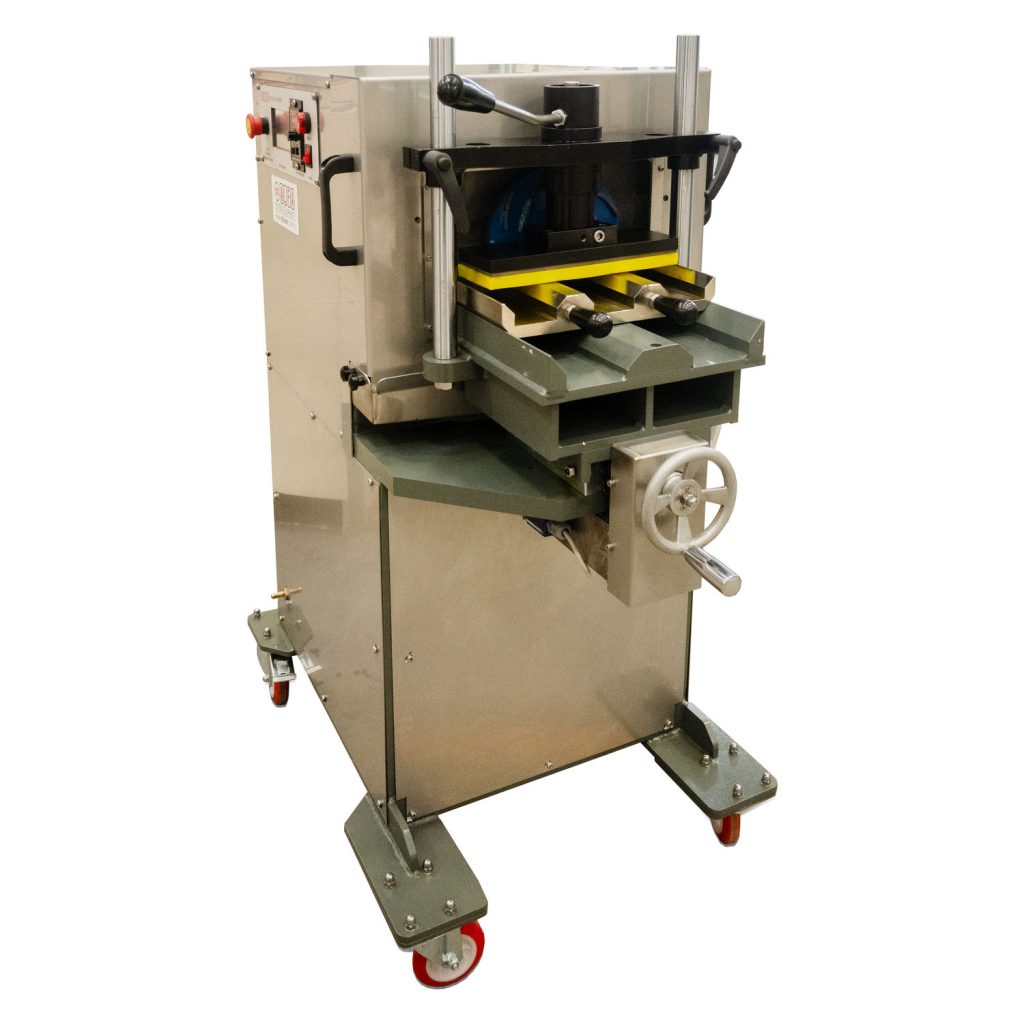Calculating concrete compressive strength according to ASTM C39 and EN 12390-4 involves testing cylindrical or cubic concrete specimens under controlled conditions to assess their load-bearing capacity. Here’s a breakdown of each standard:
ASTM C39 (Standard Test Method for Compressive Strength of Cylindrical Concrete Specimens):
- Specimens, typically 150×300 mm (6×12 in) cylinders, are cured, then loaded to failure in a compression testing machine.
- The load at failure is divided by the cross-sectional area to determine compressive strength, expressed in MPa (or psi).
- Equipment must meet specific alignment and loading rate requirements to ensure reliable results.
EN 12390-4 (Testing Hardened Concrete – Compressive Strength – Specification for Testing Machines):
- This European standard is used primarily for cubic specimens, often 150x150x150 mm, but it can also apply to cylinders.
- Like ASTM, it requires precise alignment and load application, with specific load rates and machine calibration.
- The calculated compressive strength is reported after dividing the peak load by the specimen’s cross-sectional area.
Both standards emphasize accuracy in specimen preparation, machine calibration, and load application speed to yield reliable, standardized compressive strength results.
Calculating the Stress in MPa
The stress in MPa is calculated from the formula:
MPa or Megapascal is simply Newtons per millimeter square (N/mm²)
Example
Let’s assume that you performed a test on a 150 mm concrete cube and got a result of 1325 kN as maximum load. The stress is then calculated as:
So, the calculated Strength is 58.89 MPa.


Required Equipment to Perform the Test
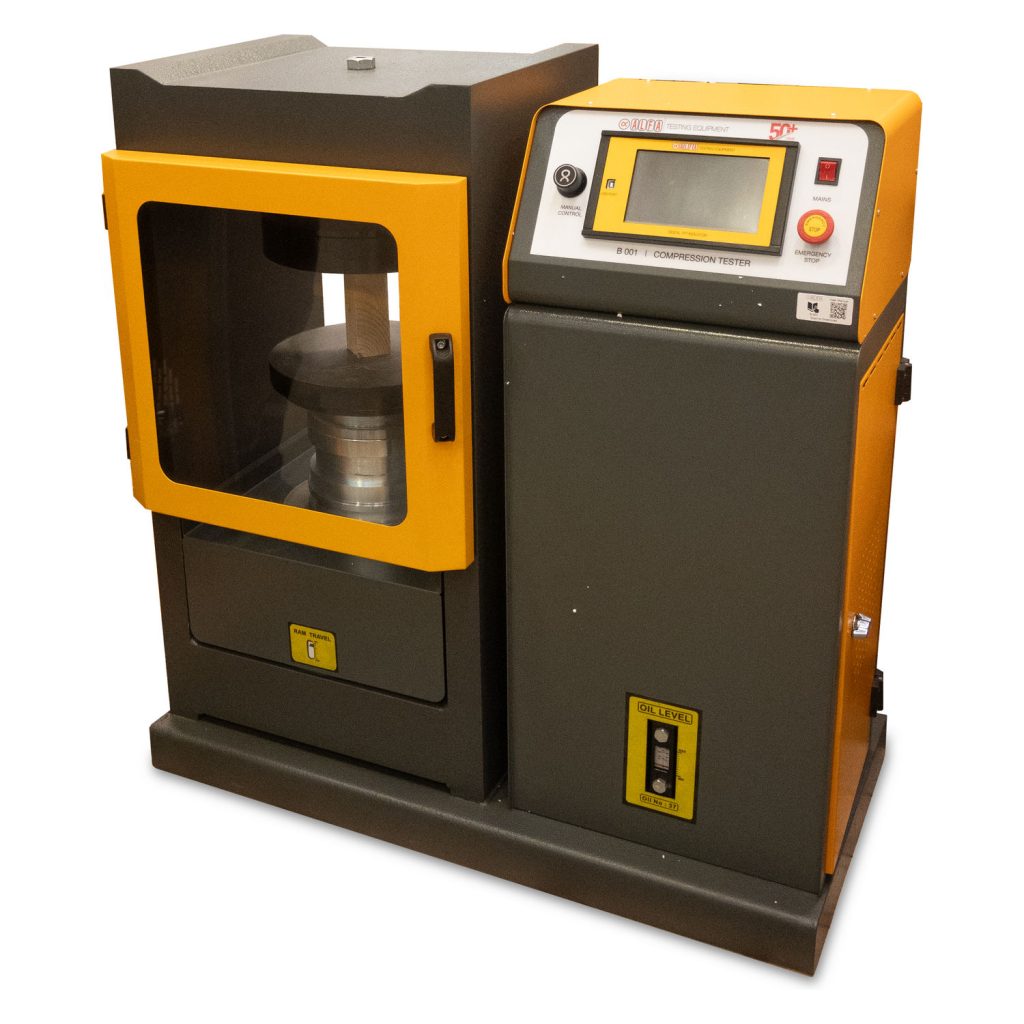
CONCRETE COMPRESSION TESTER of sufficient capacity and configuration.


